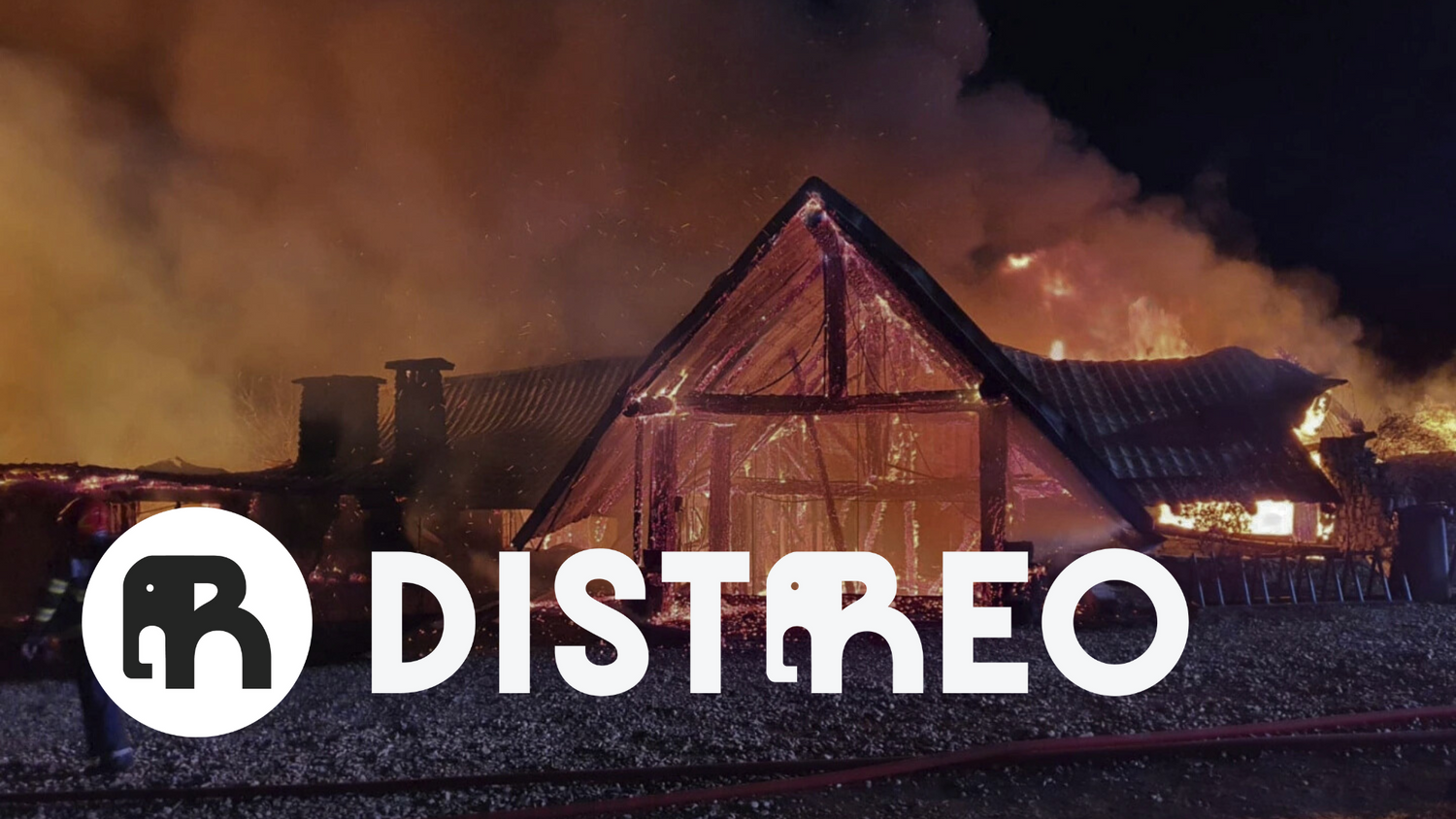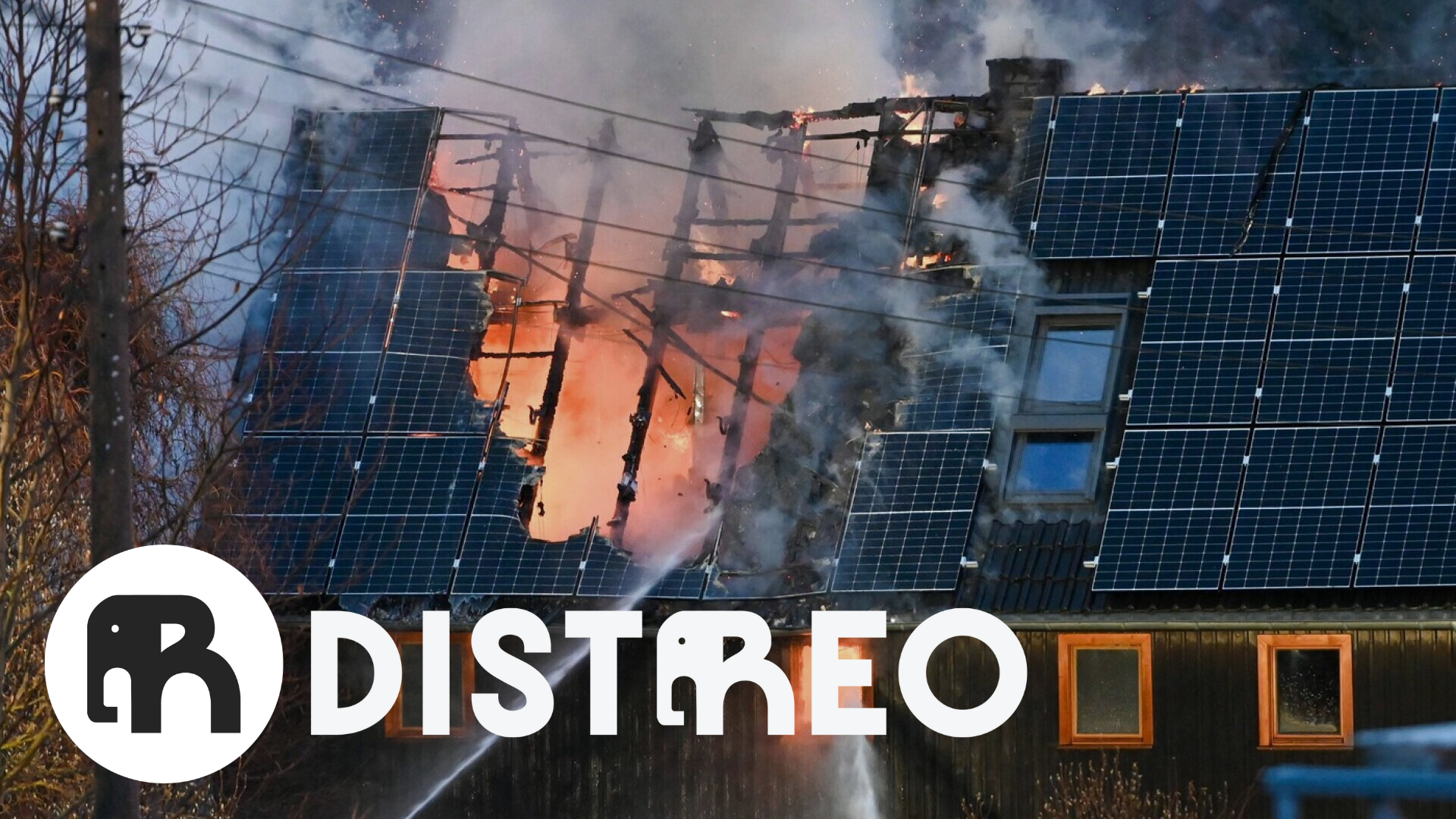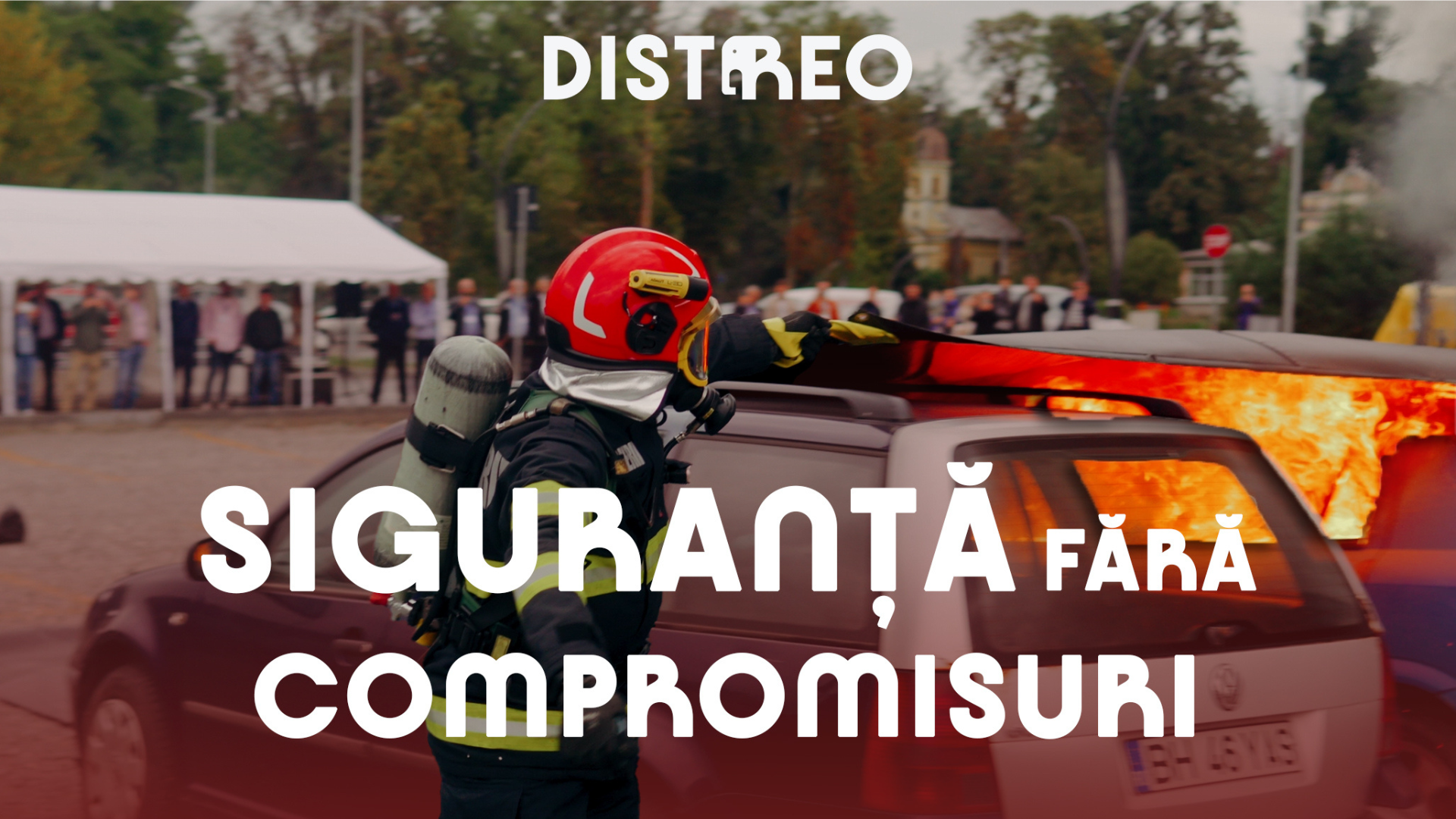Fires are a major problem in Romania, affecting both homes and vegetation and forests. In recent years, statistics indicate an alarming increase in the number of fires, with a significant impact on the lives, health and property of citizens. This article explores the latest available data on fires in Romania, highlighting the causes, consequences and necessary prevention measures.
House Fires: A Daily Problem
According to data provided by the General Inspectorate for Emergency Situations (IGSU) and the National Union of Insurance and Reinsurance Companies of Romania (UNSAR), an average of 19 house fires occur per day in Romania. In 2023, compensation paid by insurance companies for houses affected by fires reached 183 million lei , which underlines the extent of the damage.
The main causes of house fires include:
- Faulty or uncleaned chimneys (33% of cases, according to 2019 data)
- Electrical short circuits
- Improper use of heating sources , such as faulty stoves or radiators
- Negligence in the use of open fire
These fires had a tragic impact, with 987 victims in 2019, including 691 adults and 34 children injured, as well as 252 adults and 10 children deceased. The most affected age groups were people over 70 (110 deaths) and those between 26 and 55 (317 injured).
Wildfires: A growing phenomenon
In 2024, Romania experienced a dramatic increase in wildfires. According to the National Agency for Environmental Protection (ANPM), in June 2024 , the number of wildfires was almost three times higher than in the same period of the previous year. Between January 1 and July 17, 2024, 21 wildfires were reported, affecting areas such as the Văcărești Delta, the Comana National Park, and forest areas in Brașov, Brăila, and Ilfov counties.
Since the beginning of 2024, 16,570 wildfires have been recorded, of which almost 4,000 in August alone. These fires have affected over 1,000 hectares in just 24 hours in some cases, and Dâmbovița County remains one of the most affected. The main cause of these fires is the inappropriate use of open fire , especially the burning of plant debris for the sanitation of agricultural land.
Environmental and health impact
Wildfires have serious consequences:
- Air pollution : Smoke from burning vegetation releases fine particles (PM 2.5) and greenhouse gases, contributing to increased incidence of respiratory diseases and acid rain.
- Soil destruction : Burning stubble destroys the fertile soil layer, which regenerates over hundreds of years.
- Biodiversity loss : Animals and birds in affected areas are often killed.
Prevention measures and recommendations
To reduce the risk of fires, authorities and experts recommend:
- Installation of fire and gas detectors in homes.
- Equipping homes with fire extinguishing and fire fighting equipment
- Regular cleaning of chimneys to prevent soot buildup.
- Prohibition of burning dry vegetation , especially in conditions of strong winds or high temperatures.
- Home insurance : Only 2 out of 10 homes in Romania are insured, although mandatory policies cost only 130 lei per year and can cover damages of up to 100,000 lei.
Conclusion
Fires in Romania, whether they are residential or wildfires, represent a constant threat, amplified by negligence, climate change and lack of awareness. Recent statistics highlight the need for urgent prevention measures and better information for the population. By respecting safety regulations and investing in insurance and prevention technologies, we can reduce the devastating impact of these disasters.




Write a comment
Comments are verified before being published.
This site is protected by hCaptcha and the hCaptcha Privacy Policy and Terms of Service apply.